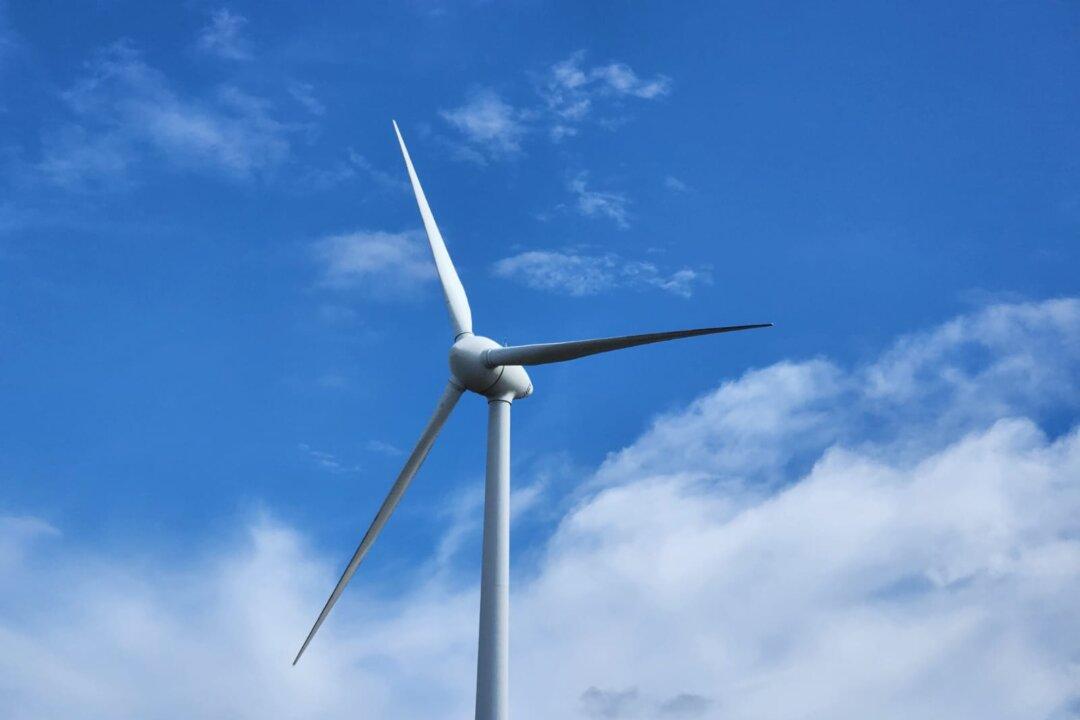The Australian Labor government will mimic moves by fellow democracies to intervene directly in their economies to create “sovereign” green energy supply chains and local manufacturing.
Prime Minister Anthony Albanese is set to unveil the Future Made in Australia Act, which will include taxpayer-backed incentives to subsidise advanced manufacturing and clean energy industries in the country.





